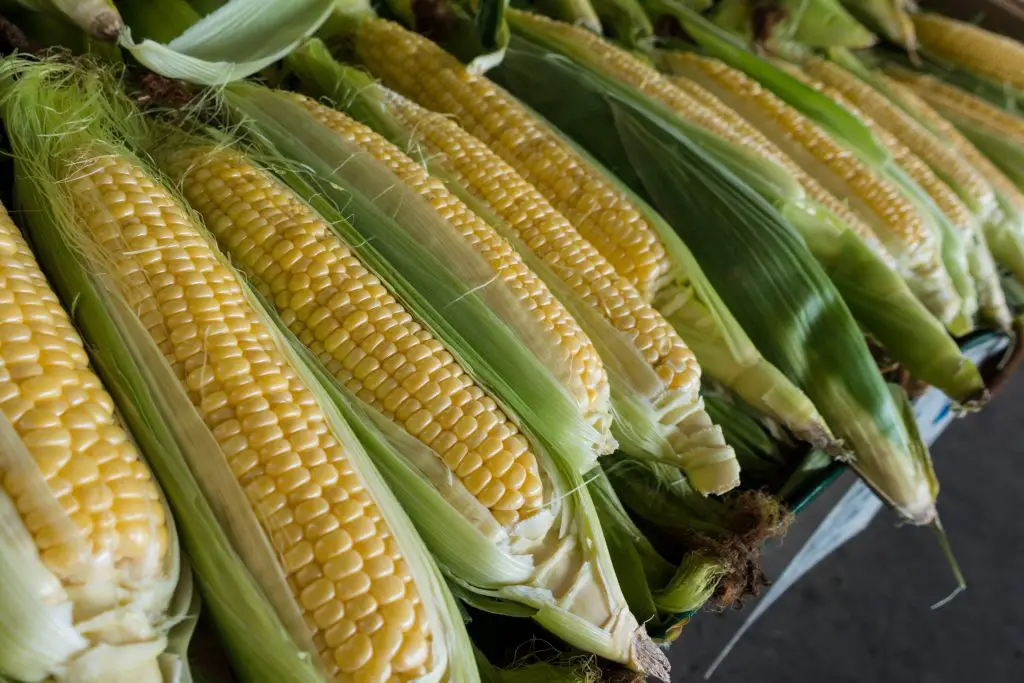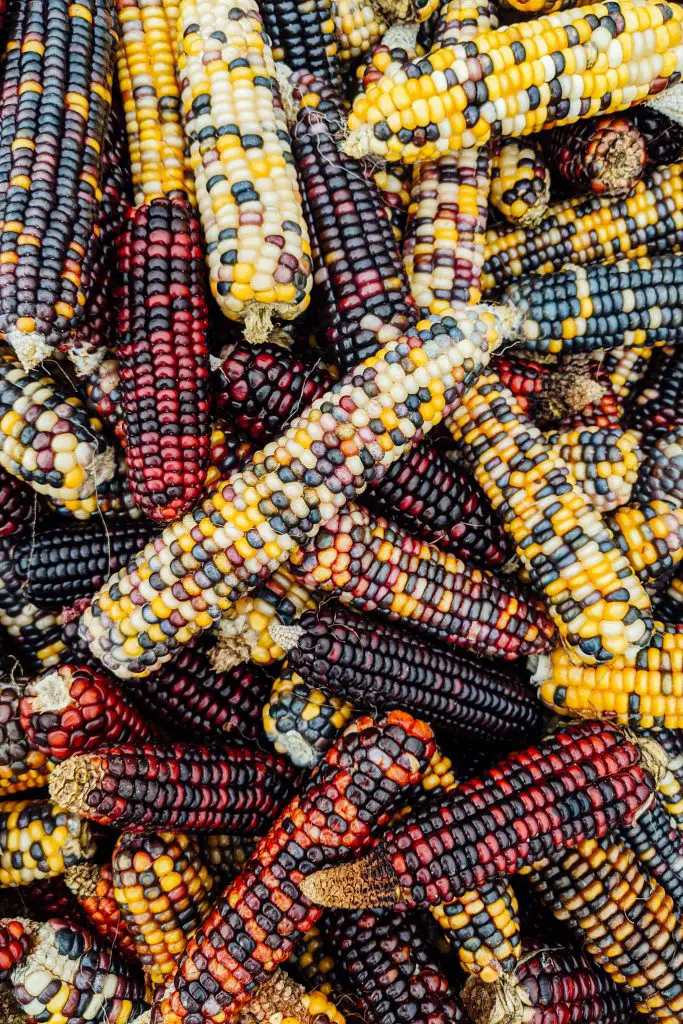Is Corn Annual Or Perennial? Corn is one of the largest commercial crops in the world and forms the basis of many processed foods. It is also an extremely popular vegetable among home gardeners as much sweeter cobs can be produced than what can be brought in the store. But do you need to replant the crop every year?
Corn is an annual crop that needs to planted every year. As Corn is sensitive to frost sowings are normally carried out in mid-spring in most regions around the time of the last frost. However, many home gardeners start their sowing undercover in seed trays as this allows them to get an earlier crop.

Can You Grow Corn From Store Brought Cobs?
Store brought cobs can be used to grow corn the following season, however, it is generally recommended that seeds be purchased. The reason for this is that the majority of corn produced is based on hybrid seeds, which are sometimes referred to as F1 hybrids.
Hybrid varieties are produced by the controlled cross-pollination of two other corn varieties, which produce a corn variety with superior properties in some way in the next generation of plants. However, as the hybrid is genetically unstable the properties are lost in the subsequent generations. To read more about this click here.
So planting seeds taken from cobs purchased from the store may produce unpredictable results. If you wish to plant corn and then save the seeds it is advisable to purchase open pollination varieties which are sometimes referred to as heirlooms varieties.
How To Save Corn Seed
Corn seed is extremely easy to save. Simply pick a cob that is ripe and store it in a dry cool place for several months. Over that period the corn kernels will dry out and become hard. Once hard they can be snapped off the cob and then stored or planted if the conditions are suitable.

How To Ensure You Have A Constant Supply Of Corn During The Growing Season
Each corn kernel will produce a single corn stork, on each stork, there are normally two ears of corn. These ears have a relatively short window of time in which they can be picked otherwise they deteriorate. To ensure you have a constant supply it is important to stagger the plantings so that you have corn maturing at different stages during the season.
To maximize the period over which you have fresh corn it is best to start planting corn indoors around 4 to 6 weeks before the last frost so that your first lot of seedlings are ready to plant in the garden as soon as conditions allow. Once the first lot of seedlings are ready to put into the garden plant the next lot of seeds.
Following this pattern will allow there to be a constant supply of corn up until the end of the season. The last sowing typically should typically be around mid-summer as later sowing will not allow time for the corn to mature before the first frost arrives. Corn typically takes 100 days to reach maturity.
When planting seedlings of corns they should be spaced 12 inches (30 cm) apart planted in blocks rather than rows. The reason for this is that corn is wind-pollinated. Arranging the plants in blocks increases the chance of successful pollination.
If you want to maximize the output of your garden pumpkins and climbing beans can also be planted in the same space. This is an old native American technique is known as the three sisters.
